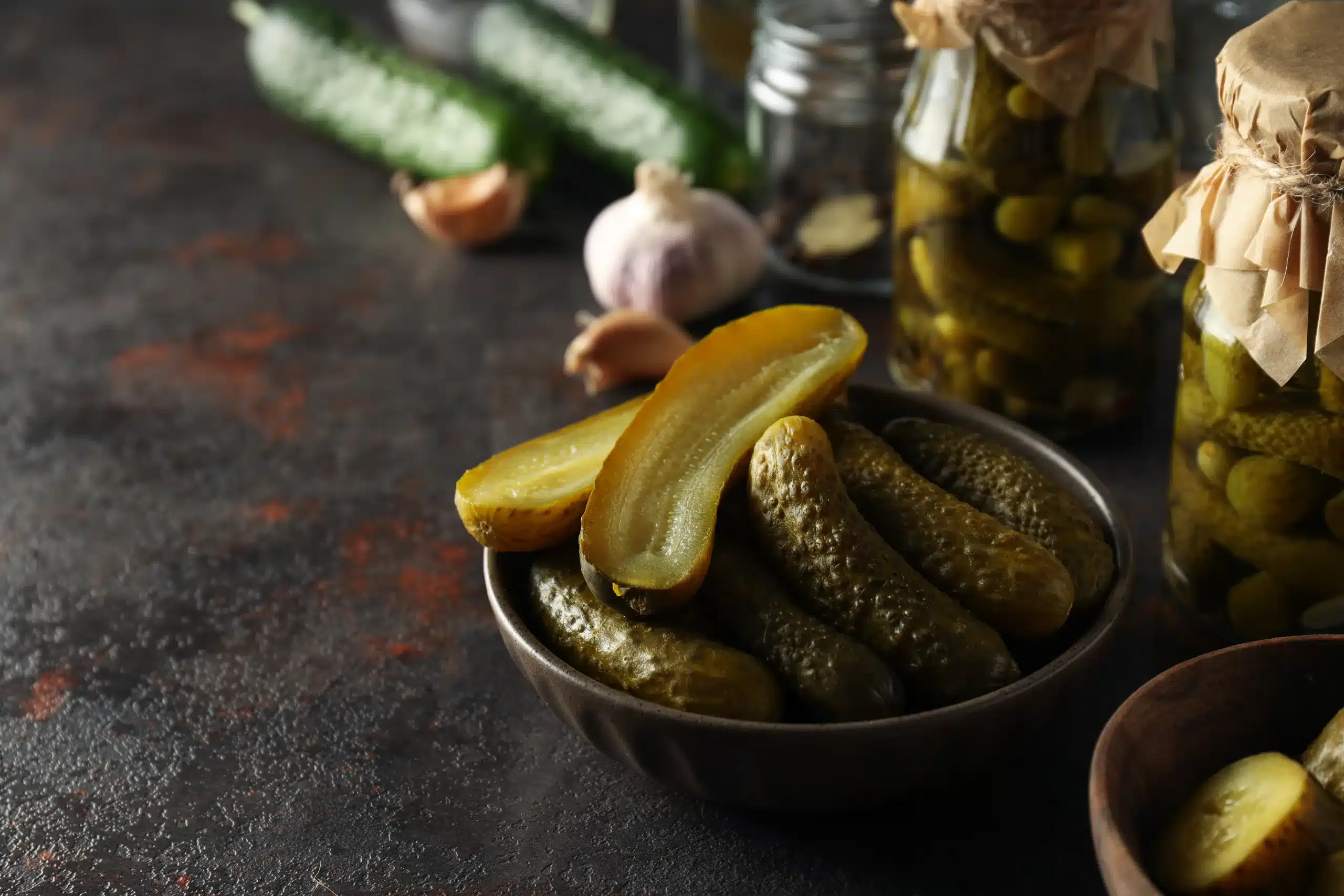Pickles are one of the most deeply rooted flavors in our culinary culture. The production process behind this beloved accompaniment is just as important as the taste it leaves on the palate. Today, pickles are produced using two different methods: traditional and industrial. So, what are the differences between these two methods? What factors influence the flavor of pickles? Here are the details…
The Secret of Fermentation: Natural or Controlled?
In traditional pickling, the natural fermentation process is essential. Vegetables are left in saltwater brine for a certain period, allowing beneficial bacteria to create an acidic environment. This method gives pickles their signature tangy flavor and develops complex aromas over time. In industrial pickling, vinegar is commonly used instead. Vinegar rapidly acidifies the pickles, shortening the fermentation process and making them ready for consumption in a shorter time.
Ingredient Quality: From Farm to Jar
The foundation of a delicious pickle lies in the quality of the vegetables used. Traditional methods often prioritize seasonal and locally grown produce. Carefully selected vegetables are pickled shortly after being harvested and are allowed to mature naturally. In industrial production, standardized and durable vegetables are selected to accommodate large-scale manufacturing.
Salt and Acid Balance: The Key to Flavor
The texture and taste of pickles depend on the balance of salt and acidity. In traditional methods, the salt concentration is typically higher at the start and gradually decreases over time to reach the ideal level. The lactic acid formed during natural fermentation defines the pickle’s sourness and texture. In industrial production, the process is more controlled. The salt and acid levels are adjusted according to specific standards, ensuring a consistent taste in every jar.
Storage Process and Durability
Traditional pickles are left to mature in cool and dark environments. As the natural fermentation process continues, the flavor develops, and the pickle becomes more characteristic over time. However, this method requires the pickles to be consumed within a certain period, as the flavor may change if the fermentation process is not halted. In contrast, industrial pickles can maintain their durability for a longer period due to pasteurization or preservative additives, allowing them to be stored on supermarket shelves for months without spoiling.
The Final Decision: Which Pickle Tastes Better?
Taste is a personal preference. Traditional pickles stand out with the rich flavor profile offered by natural fermentation, while industrial pickles have the advantage of practicality and long shelf life. If you’re looking for a strong and natural aroma in your pickles, traditional methods might be your choice. However, if consistency in taste and extended durability are important to you, industrial production may be more suitable. The key factors that determine the flavor of pickles include the production method, the quality of ingredients, the fermentation process, and storage conditions. Both methods have their unique advantages; the important thing is to choose the one that best suits your palate.


